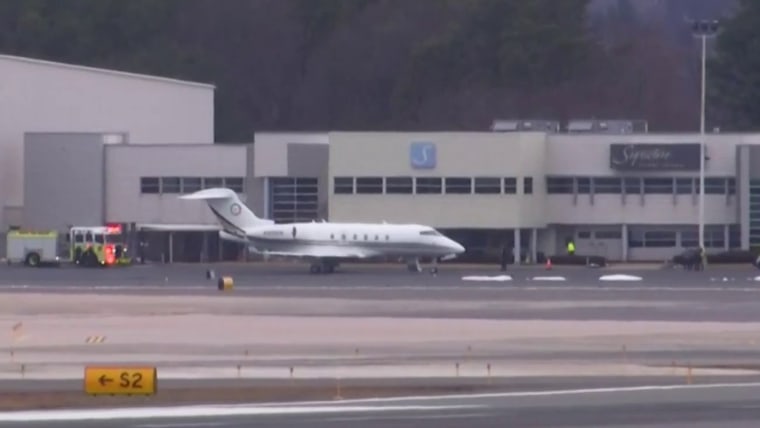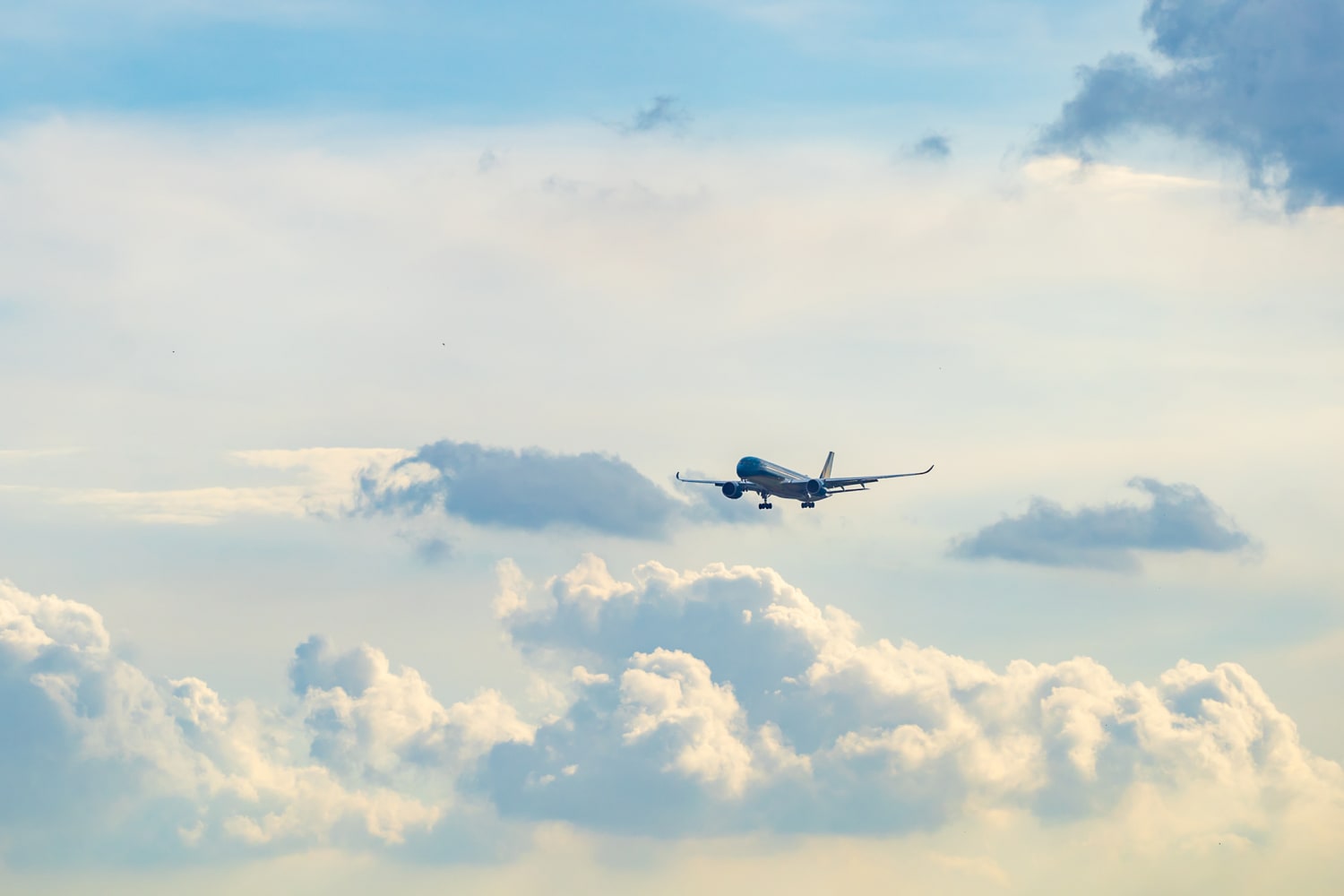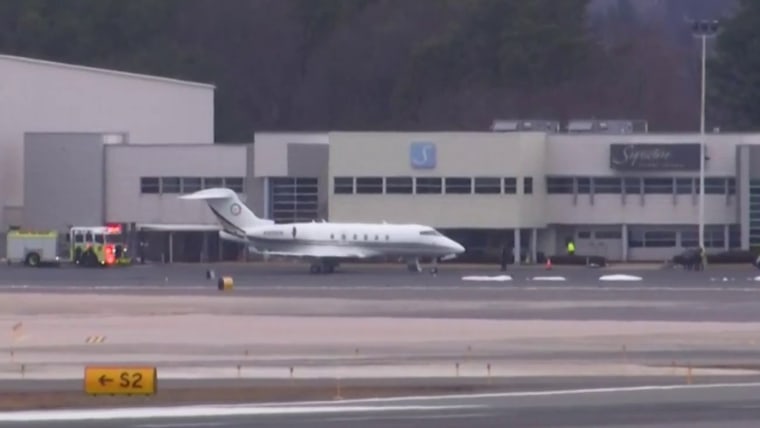Climate change could be making turbulence worse. Social media is making it more apparent.
Videos from flights rocked by turbulence have become a mainstay on social media, where footage of people screaming and cabins strewn with debris now regularly accrue thousands and sometimes millions of views.
In December 2022, footage of a turbulent Hawaiian Airlines flight, in which 20 people were taken to hospitals, went viral and drove a sizable spike in search interest around turbulence, according to Google Trends data.
Whether those videos indicate an increase in instances of turbulence is unclear.
“I think social media has caused people to panic more about turbulence,” said Gary Baumgardner, a commercial pilot who also makes TikTok videos about aviation. “Everyone is able to share videos from around the world. But turbulence has always been a thing.”
Scientists have warned for years that climate change could cause more severe turbulence over the coming decades, and some studies have already observed an increase in such flight disruptions.
A 2022 study, conducted by Korean scientists, found that from 1979-2019, clear-air turbulence, which occurs without any warning, trended upward most significantly in regions such as East Asia. A 2020 study showed that a meridional (north to south) temperature gradient due to global warming was presently affecting wind shear and turbulence over Eurasia — and both wind shear and turbulence over several flight routes would keep increasing up to 2100.
Paul Williams, a professor of atmospheric science at the University of Reading in England, has been studying airplane turbulence for over 20 years. His work shows that clear-air turbulence could more than double from 2050-2080. The impact would be apparent along several busy flight routes — including over the North Atlantic region.
“What we can confidently say is that climate change is increasing the amount of clear-air turbulence in the atmosphere,” Williams said.
But how can climate change lead to airplane turbulence? Williams said that global emissions are increasing atmospheric temperatures, with Earth warming more rapidly in tropical regions than in polar regions. This causes a temperature difference between the north and south that increases global wind shear, which is the changing of wind speed or direction with height.
Wind shear is a major contributor to clear-air turbulence. Since satellites began observing wind shear in 1979, global wind shear has increased by 15%, and it will only continue to increase, further intensifying clear-air turbulence over the coming decades, Williams said.
Andres McNerney, a commercial airline pilot with several years of flying experience, said he hasn’t noticed a significant uptick in turbulence on his flights. Baumgardner added that clear-air turbulence is still rare.
Turbulence is not a major concern in terms of airplane crashes, but it is an issue for airline crew. Flight attendants make up 79% of those seriously injured from air turbulence, according to the National Transportation Safety Board. From 2009-2021, 30 passengers and 116 crew members were seriously injured because of turbulence.
Sara Nelson, president of the Association of Flight Attendants-CWA, said she has seen an uptick in turbulence.
“Skies have definitely gotten more turbulent during the course of my 26-year career,” she said. “As we’re seeing more and more severe turbulence, flight attendants are in serious danger.”
The effects of climate change on airplane turbulence may simply be occurring too slowly to observe over short time periods, according to Ignacio Gallego-Marcos, an engineer specializing in turbulence modeling and the founder of Turbli, an online tool that allows passengers to track flight turbulence.
“Many of these studies observe flight turbulence over the scale of decades,” Gallego-Marcos said. “So in a year or two, [pilots] might not be able to observe a trend — you need tens of years of data to do that.”
To adapt to these changes in clear-air turbulence, which is undetectable on standard weather radar, the aviation industry has several technologies at its disposal, according to Stephen Bennett, chief climate officer at The Demex Group, a climate insurance firm.
“We will see advancements in technology aboard aircraft that will detect clear-air turbulence and research that helps to forecast areas of turbulence,” he said.
Tom Costello, Jay Blackman, Andy Weir and Kailani Koenig contributed.
Source: | This article originally belongs to Nbcnews.com











